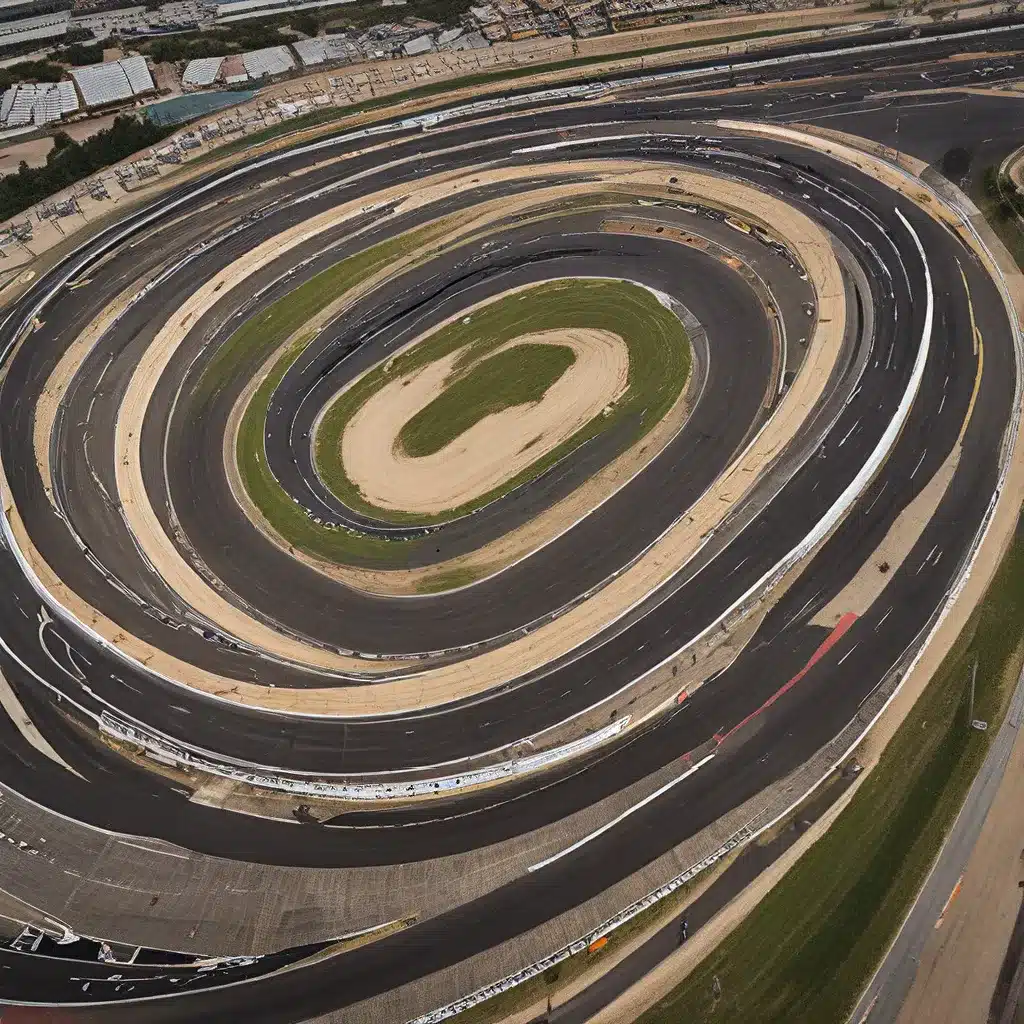
The Autódromo José Carlos Pace, commonly known as Interlagos, is a historic and iconic racetrack that has been an integral part of the Formula 1 calendar since 1973. Nestled in the heart of São Paulo, Brazil, this circuit has witnessed some of the most thrilling and dramatic moments in motorsport history, captivating both drivers and fans alike.
The Storied History of Interlagos
The origins of the Autódromo José Carlos Pace can be traced back to the late 1930s, when a group of enthusiastic motorsport enthusiasts began planning a permanent racetrack in the hilly terrain of the Interlagos neighborhood. The initial layout of the circuit was designed to take advantage of the natural topography, featuring steep inclines and banked corners that would challenge the skills of the drivers.
The first race at Interlagos was held in 1940, and over the next two decades, the circuit hosted a variety of domestic and international events, including the Brazilian Grand Prix from 1978 to 1980. However, the track’s true rise to prominence came in 1990 when it was renovated and modernized to meet the strict safety standards of the modern era of Formula 1.
The Autódromo José Carlos Pace has been an integral part of the Formula 1 calendar since 1973, contributing to the sport’s rich heritage. The circuit’s unique layout, which includes a half-oval section and an intricate infield area, has made it a beloved destination for both drivers and fans.
Navigating the Challenges of Interlagos
The Autódromo José Carlos Pace is renowned for its challenging and dynamic nature, which tests the skills and abilities of the drivers to the fullest. The circuit’s undulating surface and changing camber create a roller-coaster experience, with drivers constantly adjusting their approach to tackle the ever-evolving conditions.
One of the most iconic features of the Interlagos circuit is the Senna S, a series of high-speed left-right corners named after the legendary Ayrton Senna. This section is particularly demanding, requiring precision and bravery from the drivers as they navigate the changes in elevation and radius.
The circuit’s final turn, a banked corner, adds an extra layer of complexity to the racing experience, as drivers must carefully balance their speed and line to maximize their exit onto the start/finish straight. This section of the track has seen its fair share of dramatic moments, with drivers jockeying for position and overtaking maneuvers that have often determined the outcome of the race.
The Unique Challenges of Racing at Interlagos
The Autódromo José Carlos Pace presents a unique set of challenges for both the drivers and the teams involved in the Formula 1 championship. One of the most significant factors is the high altitude of the circuit, which stands at over 2,000 meters above sea level.
This high-altitude environment reduces the density of the air, which in turn affects the performance of the engines and the aerodynamic efficiency of the cars. Teams must carefully adjust their setups to compensate for these changes, often relying on fine-tuning of the power and downforce characteristics to find the optimal balance.
The Thrill of Overtaking at Interlagos
Despite its challenging nature, the Autódromo José Carlos Pace is renowned for its exciting and unpredictable racing action, with numerous opportunities for overtaking maneuvers throughout the lap.
The long start/finish straight and the subsequent tight hairpin at Turn 1 have become a prime location for passing, as drivers leverage the slipstream effect to gain an advantage and make a move into the braking zone.
Furthermore, the banked final corner can provide an additional chance for passing, as drivers strive to maximize their exit speed and gain an advantage heading into the start of the next lap.
The Enduring Legacy of Interlagos
The Autódromo José Carlos Pace has cemented its place as one of the most iconic and beloved circuits in the Formula 1 calendar. Its unique layout, challenging characteristics, and rich history have made it a must-visit destination for motorsport enthusiasts from around the world.
As the Formula 1 season unfolds, the Autódromo José Carlos Pace continues to captivate audiences with its thrilling and unpredictable racing action, showcasing the skill and bravery of the world’s top racing drivers. Whether it’s the high-speed sweeps, the demanding corners, or the dramatic overtaking maneuvers, Interlagos remains a true gem in the crown of the Formula 1 circuit.
As the sport evolves and new technologies and regulations are introduced, the Autódromo José Carlos Pace remains a constant in the ever-changing landscape of motorsport, a testament to the enduring appeal and significance of this iconic racetrack.
